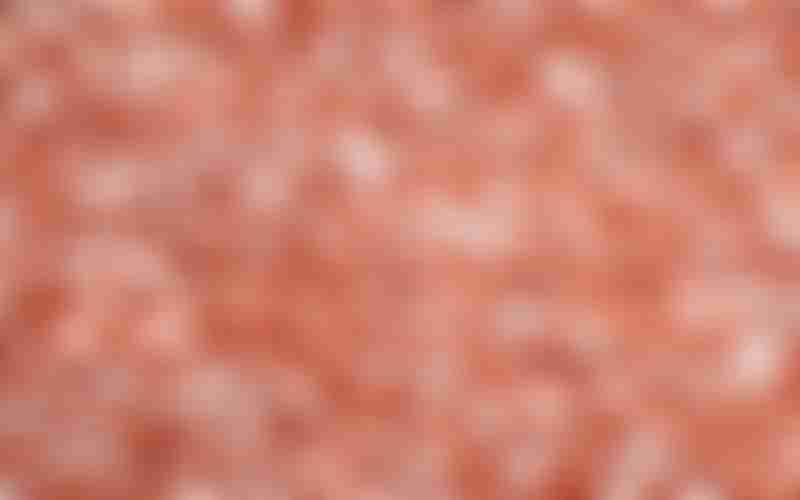Biomarker Testing in Stomach Cancer

Source: Shutterstock
What is a biomarker?
A biomarker refers to any biological characteristic found in tissues or bodily fluids that can be measured and evaluated objectively. Examples of biomarkers used in clinical practice include blood pressure and heart rate.
Biomarkers serve as indicators of normal or abnormal processes, conditions or diseases such as cancer. In oncology, biomarkers can come in the form of proteins, nucleic acids (DNA and RNA) and many other biological molecules derived from one’s blood, urine, saliva and tumor tissues.
These biomarkers are typically involved in the formation of cancer or are released due to the presence of the disease. Therefore, testing for cancer biomarkers in the blood or tissue samples can reveal important details about the cancer that someone has been diagnosed with.
Biomarker testing in stomach cancer
There are various molecular techniques that can be used in biomarker testing. Biomarker testing in stomach (or gastric) cancer is usually performed on tumor tissue samples obtained during a biopsy, especially for cases of advanced or metastatic gastric adenocarcinomas.
Three techniques that are commonly used to test for gastric cancer biomarkers, like human epidermal growth factor receptor 2 (HER2) and programmed death ligand 1 (PD-L1), are immunohistochemistry (IHC), fluorescence in situ hybridization (FISH) and polymerase chain reaction (PCR).
Immunohistochemistry

Light micrograph of HER2-positive cells stained (in brown) by immunohistochemistry (IHC). Source: Ziad M. El-Zaatari/Science Photo Library
Immunohistochemistry (IHC) is a molecular method that quantifies the amount of a protein biomarker expressed on the surface of gastric cancer cells. This technique involves the use of specialized antibodies that are able to locate and bind to the protein biomarker of interest on the cancer cell surface. This interaction causes enzymes that are attached to the antibodies to react, producing a certain color that stains the tissue sample when viewed under a microscope. This staining indicates that a protein biomarker of interest is present in the tissue. Alternatively, the antibodies can be tagged to fluorophores instead of an enzyme. These are chemical compounds that emit light when the antibodies bind to the targeted protein biomarker.
IHC is commonly used to test for gastric cancer biomarkers like HER2, PD-L1, Claudin18.2 and fibroblast growth factor receptor 2b (FGFR2b), which are typically overexpressed in advanced or metastatic gastric cancers. It can also be used to detect the presence or absence of mismatch repair (MMR) protein(s) as part of microsatellite instability (MSI) testing.
Fluorescence in situ hybridization
Fluorescence in situ hybridization (FISH) is a molecular technique used to detect and locate specific DNA sequences or genes on a chromosome. It can be used to detect certain genetic abnormalities associated with cancer. For instance, performing a FISH test on gastric tumor tissue can reveal whether the tumor cells have extra copies of the mutated ERBB2 gene, in a phenomenon known as gene amplification. This gene amplification is likely to result in overexpression of the HER2 protein, which is encoded by the ERBB2 gene. If extra copies of the ERBB2 gene are detected via FISH, the tumor can be confirmed as HER2-positive; this information is crucial in determining the next course of action for the patient.
This method involves affixing the sample tumor tissue to a glass slide and exposing it to a probe – a small piece of purified DNA labeled with a fluorescent dye. This probe is able to locate and bind to its matching DNA sequence within the set of chromosomes in the cancer cells. The chromosome and sub-chromosomal location where the fluorescent probe is bound can then be observed using a special microscope, for the pathologist to visualize and count the number of copies of the gene of interest.
FISH is commonly used to determine the copy number of the ERBB2 gene in gastric cancer cells. This is especially the case for gastric tumors with a HER2 IHC score of 2+, where a FISH test needs to be performed to confirm the HER2 status.
Polymerase chain reaction
Testing for deficient MMR (dMMR) systems or MSI-H is becoming increasingly common considering the biomarker’s role in predicting treatment response to immune checkpoint inhibitors. On top of that, it has implications for the screening of Lynch syndrome – an inherited cancer syndrome that can increase one’s gastric cancer risk.
One molecular technique employed for dMMR/MSI testing is polymerase chain reaction (PCR). This technique involves extracting DNA separately from tumor and non-tumor tissue samples and amplifying a defined panel of five microsatellite loci, which are recommended by the National Cancer Institute (NCI) as microsatellite markers to determine the status of MSI.
Analysis of the amplified microsatellite regions is then performed to compare the nucleotide repeats observed in the tumor and non-tumor samples. A tumor is defined as MSI-High (MSI-H), MSI-Low (MSI-L) or microsatellite stable (MSS) according to the following criteria:
- MSI-H: two or more of the five microsatellite markers are altered
- MSI-L: one of five microsatellite markers is altered
- MSS: all five markers are unaltered